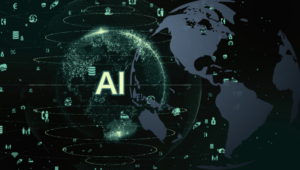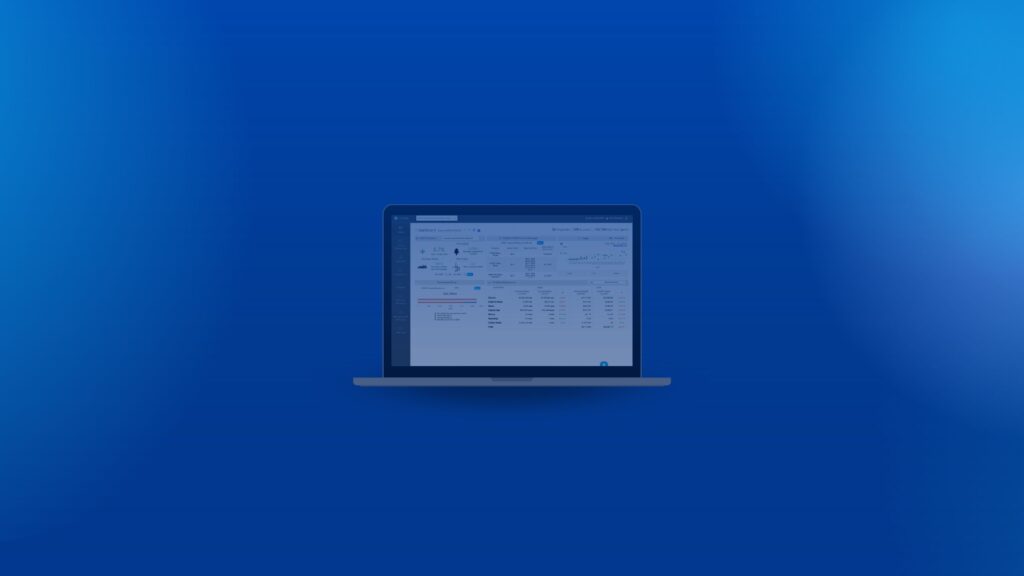 Ins & Outs of the California Climate Disclosure Laws
Ins & Outs of the California Climate Disclosure Laws
Despite the uncertainty surrounding the SEC’s new climate disclosure rules that are presently on hold and may be scaled back or never implemented, there are other climate disclosure requirements to take into account. Public and private companies must contend with…
Read full post Log In
Log In








